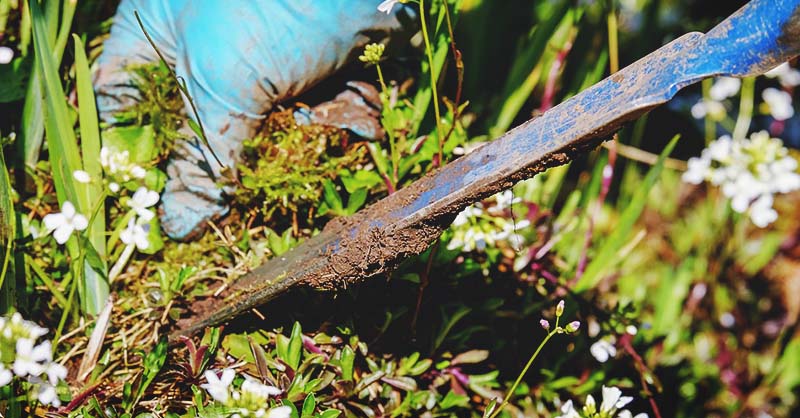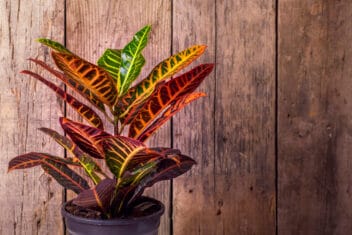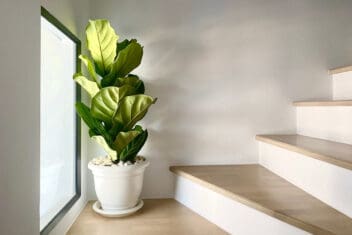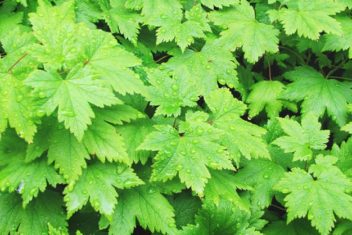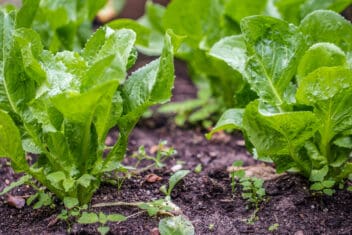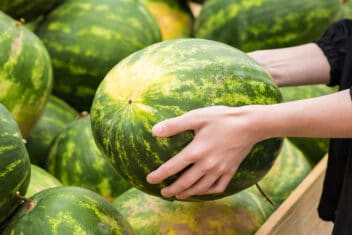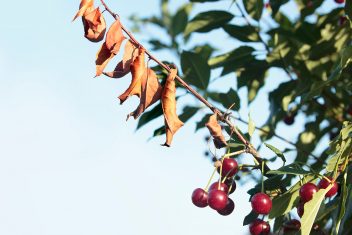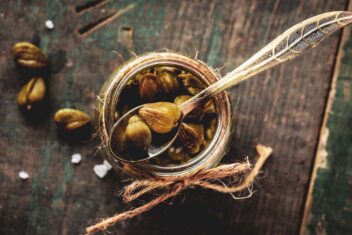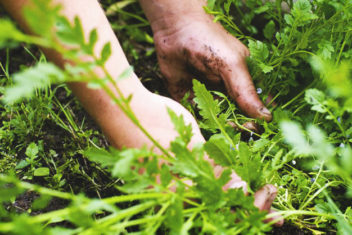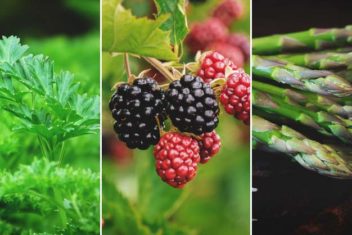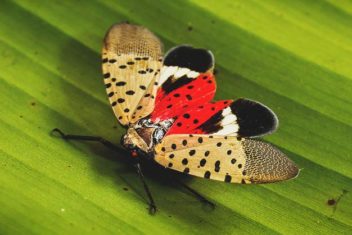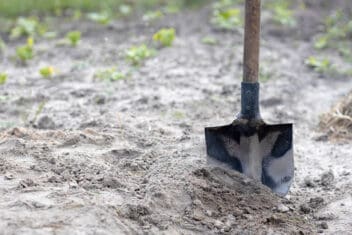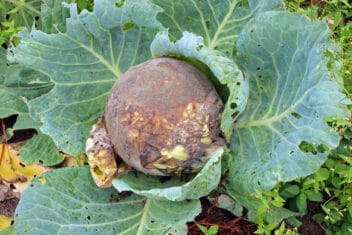I have met so many people who tell me they’d love to have a garden, but they have “black thumbs.” Then, they go on to tell me stories about all the plants they’ve managed to kill in their short gardening careers.
Well, if you happen to be like these people and think you too have a black thumb, let me tell you the real truth. Ready for it?
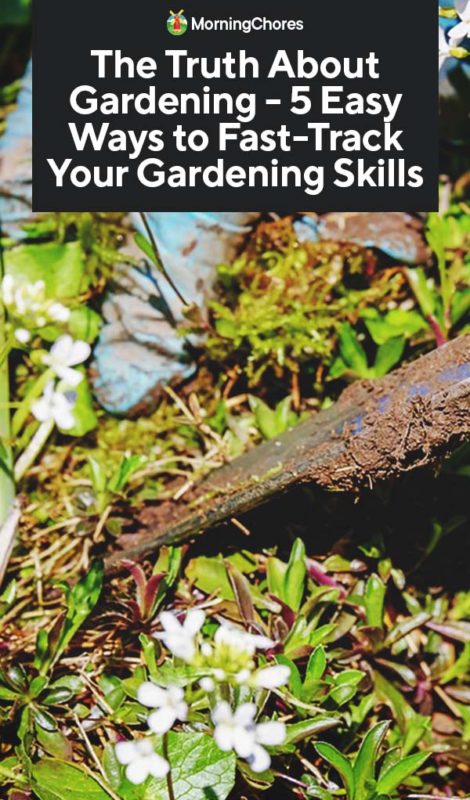
You just don’t know how to garden!
The Truth About Gardening
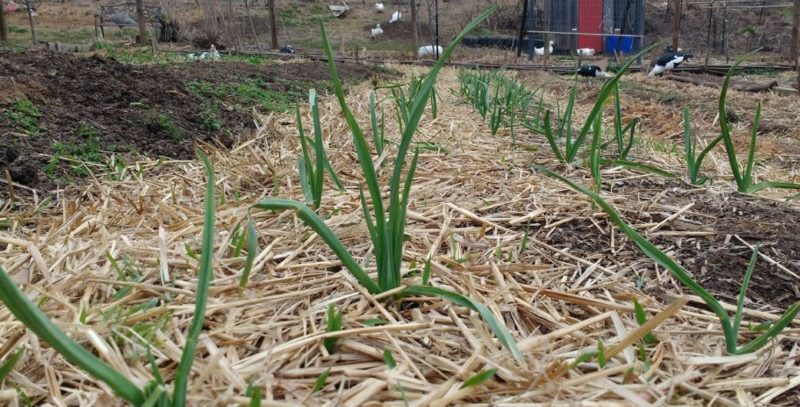
I know the truth can be painful. But, in this case, it can also set you free. When you stop believing you have a black thumb and instead realize that the truth about gardening is that you only have to overcome a learning curve, your whole perspective changes.
I am not sure why, but there’s this absurd belief that gardening is something you should naturally know how to do. It’s simply not true. In fact, it’s almost crazy to think there’s even a grain of truth in that idea.
As any real gardener will tell you, gardening is both a learned skill and an art form. Just like every other ability and art form worth perfecting, becoming a good gardener takes both time and effort to do well. Thankfully, like every other meaningful skill you can learn, the fastest way to skill up is to study with people already at an expert level.
If you want to fast-track your gardening education, consider these methods to learn from skilled gardeners and quickly become one yourself.
1. Become a Master Gardener
In the US, land-grant Universities collaborate with what are called “extension offices.” These are publicly funded offices that make the agricultural knowledge from land-grant universities available to the broader public.
They do this by offering lots of classes for free or low cost to interested parties. Plus, they also run the Master Gardener Volunteer program. That program gives you access to extensive garden training resources in exchange for master gardeners doing volunteer work to help the extension offices share university research with gardeners.
To become a master gardener volunteer, I had to take 40 hours of classes and do 40 hours of volunteer work under supervision from senior master gardeners. It was the absolute best garden training I have ever received.
Plus, it allowed me to get a bunch of experience by helping with other people’s gardens. Now, I can spot problems early and solve them on my homestead before they take over.
You do have to apply. You also have to commit to volunteer in your community. But, good homesteading is all about building local community relationships. So, for me, being a master gardener is a total win-win!
Even if you don’t have the time to become a master gardener volunteer, the Extension program has some of the most useful free gardening information around.
Contact your Local Extension Office and find out what programs are available near you.
2. Take Free Online Classes
One of the things I have learned about gardeners is that they tend to want to help others garden too. I suspect this has to to do with the fact that study after study shows people who garden are happier and healthier. When you feel good, then you want to help others feel good too.
That phenomenon has led to a vast amount of free gardening information being available online. There are even tons of free classes you can attend from the comfort of your own home. Here are some of my favorite places to get a free gardening education to use on your homestead.
Ecology in Action – This is based on the bio-intensive method of gardening espoused by the
No Dig – Check out Charles Dowding’s Youtube channel for an incredible amount of free information on no dig gardening. These videos are so beautiful. They are like “garden porn” that get you all fired up to run out and start your own garden!
Permaculture Courses – For homesteaders trying to grow food in a closed loop system (e.g., with only one-time cost inputs), permaculture is a great gardening method. Although you generally have to pay to take advanced courses, many introductory courses are available for free. I thoroughly enjoyed Andrew Millison’s Intro to Permaculture, Bill Mollison’s Permaculture Lecture Series, and Will Hooker’s Introduction to Permaculture.
Grow Organic – This organic product retailer has an extensive library of easy to understand gardening videos. It’s not organized like a class. But almost all the videos are introductory level, so you can pick and choose which videos interest you.
3. Attend a Fair, Summit, or Symposium
If you want to get a whole bunch of gardening information in a hurry, try attending a gardening symposium or a summit. Botanical gardens, academic institutions, and gardening clubs and organizations often host these in spring or fall.
Also, these days many events are even hosted online. For example, Mother Earth News started showing many of the education events at their regional fairs online. I “attended” my first gardening summit online back in 2014 called the Homegrown Food summit hosted by The Grow Network. That’s where I first learned the importance of growing a homestead garden focused on high-calorie staple crops.
4. Read Gardening Blogs
When I first started gardening, I spent a considerable amount of time reading about other people’s gardens on different blogs. Learning about their challenges, answers to them, their mistakes, etc. helped me avoid those same problems.
Also, reading gardening posts by very experienced gardeners with long-term, successful track records, helped me learn best practices so I didn’t have to make all those classic newbie mistakes.
5. Read Gardening Books
Particularly in the arena of gardening, there are a ton of incredibly information packed, gardening guides out there. If you are interested in a particular kind of gardening, then have a look at this post, The Best Gardening Books for Every Type of Garden. This list tells you exactly which books to read first based on your interests.
Additionally, if homestead food production is your specific gardening goal, then you also must read these books:
Secrets to Great Soil, By Elizabeth P. Stell
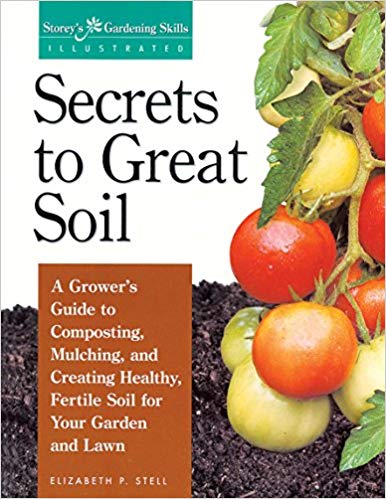
Secrets to Great Soil is a comprehensive guide to help you understand and amend your soil, deal with drainage issues, start to learn about garden fertility, and more.
How to Grow More Vegetables*, by John Jeavons
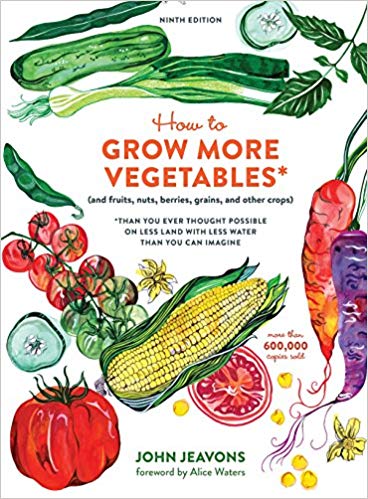
How to Grow More Vegetables is about the best organized, most comprehensive gardening guide around. It also has an incredible appendix of edible plants and how much you can grow in a year. It’s the first guide I pick up when I am trying to figure out how to get more food out of my garden areas.
The Gardener’s Table, by Richard Merrill and Joe Ortiz
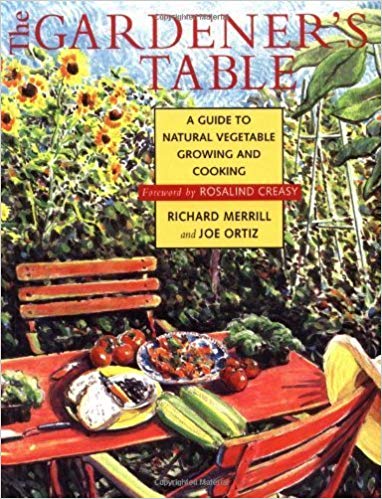
This is an oldie but goodie. It’s got detailed growing instructions on just about every vegetable. It covers pests, diseases, fertilizer needs, nutrient deficiency identification, cultivation requirements, harvesting, storing, and even cooking information.
No Dig Organic Home & Garden: Grow, Cook, Use, and Store Your Harvest, by Charles Dowding and Stephanie Hafferty
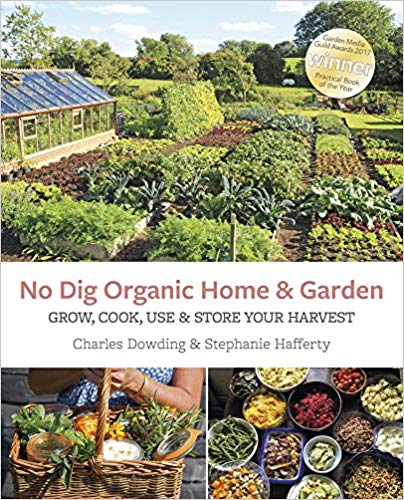
If you are all about less work, like no tilling, then this is the book for you. If you want to work with nature when growing your food, instead of doing battle, you’ll really enjoy this.
The Zero-Mile Diet, by Carolyn Herriot
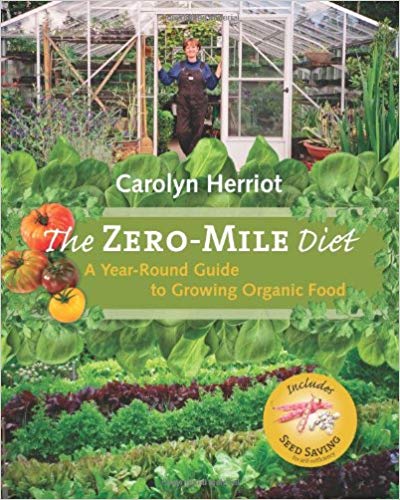
This book is really easy to follow. It gives you detailed planting information. It’s organized by month too, so it helps you structure your time of the year. Plus it also tells you how to save seeds for many of the most essential homestead vegetables. It even covers herbs, canning, and a few other self-sufficient food-related skills.
Mini Farming: Self-Sufficiency on 1/4 Acre
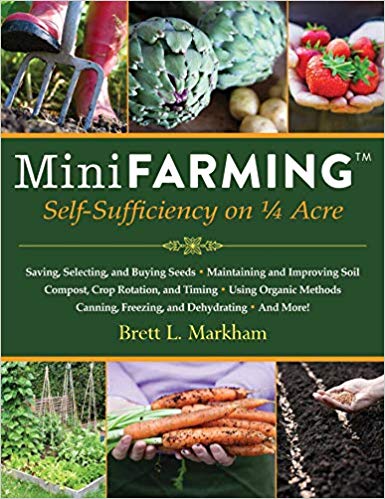
This was one of the first self-sufficient food growing books I ever read. It really helped me get my head around gardening effectively on a suburban lot. Even now, nine years later, I still find myself referring to this book for things like how to spot and treat boron deficiency in cabbage.
Also have a look at other books by Brett Markham, such as the Mini Farming Bible, and Maximizing your Mini Farm.
Will Bonsall’s Essential Guide to Radical, Self-Reliant Gardening

If your goal is to grow food using entirely vegetarian methods, e.g. no animal manure, then you need this book. It gives great information on how to grow a garden without animal products and limited fossil fuel inputs.
Conclusion
From now on, when you hear someone say they have a black thumb, do them a favor. Tell them the truth about gardening – there’s no such thing as a black thumb!
All you need to overcome the myth of a black thumb is some guidance from experienced gardeners to get you started. Plus you need the courage to get started and the endurance to keep at it.
Gardening is one of the most rewarding skills on the homestead and for a healthy, happy life. First, become one, then share your talents with others so they can be happy too!

